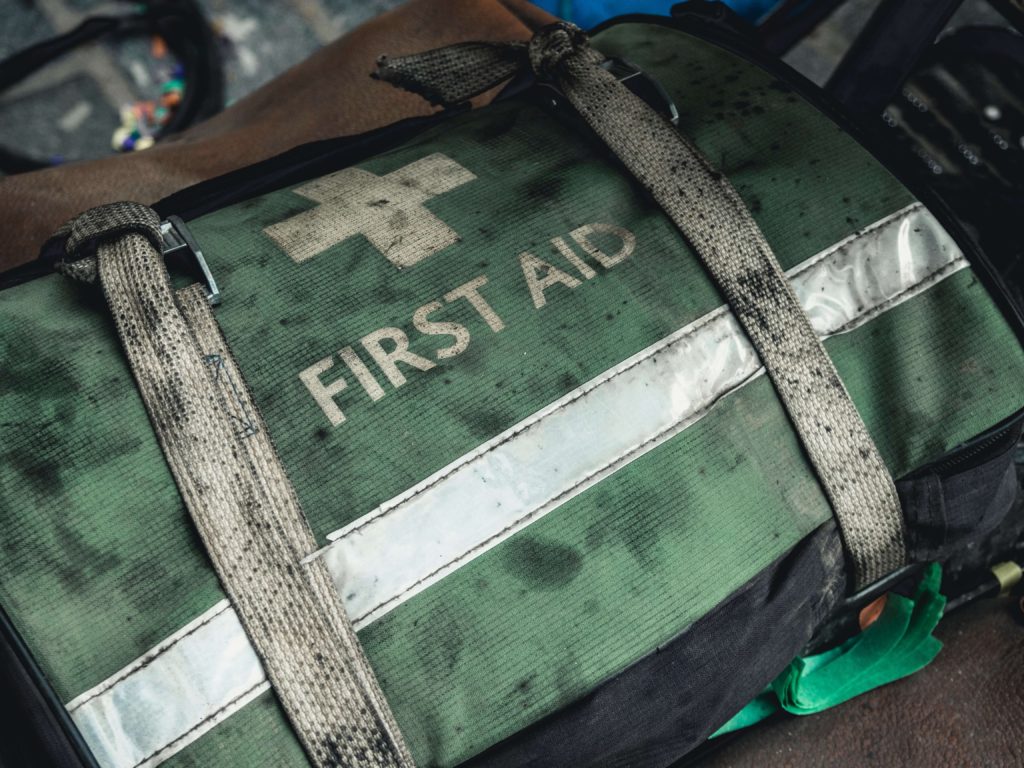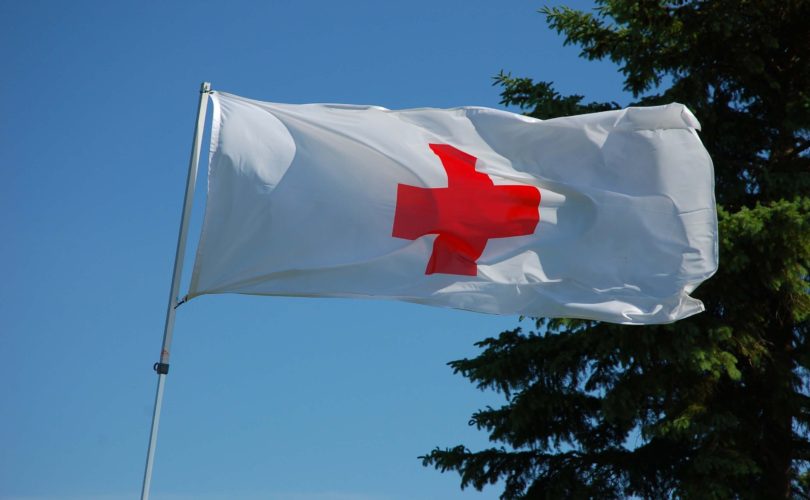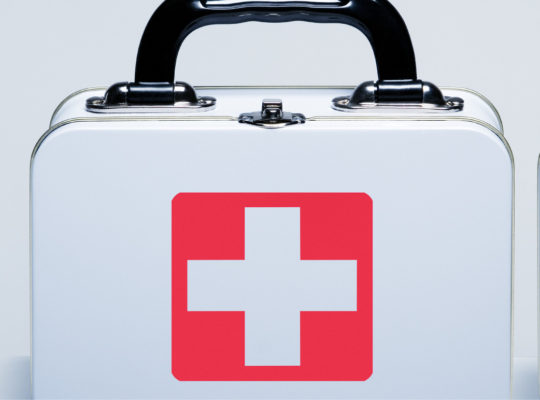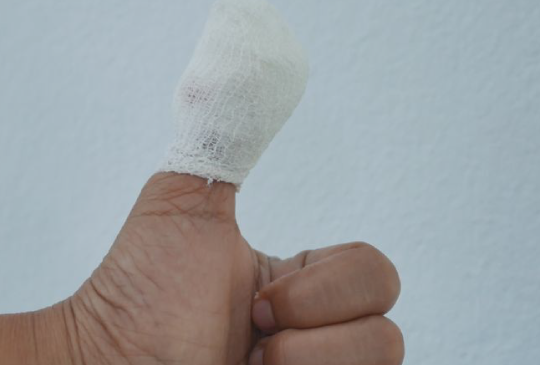How This Lifesaving Knowledge Impacts Millions
Have You Ever Wondered if First Aid Helped Create You?
Somewhere in your family’s past — maybe on a battlefield, in a farming accident, or a kitchen mishap — someone needed help before a doctor could arrive. A wound was dressed. A pulse was kept going. A life was saved.
That moment of first aid may have been the difference between survival and tragedy — and ultimately helped ensure your generation happened.
First aid isn’t just a workplace requirement. It’s a thread that runs through human survival stories — and it may very well run through your own.
This article goes beyond the basics to explore:
- Eye-opening first aid statistics
- The military vs. civilian origin debate
- Key FAQs that actually matter
- Why being prepared today could make you the hero of your family’s next chapter
Who Used First Aid First: Soldiers or Civilians?
Before first aid was standardized, it was practiced out of urgent necessity. But who organized it first — the military or civilians?
- Ancient militaries often had healers, slaves, or surgeons traveling with troops.
- In the 1790s, Baron Larrey, Napoleon’s chief surgeon, introduced field triage and mobile surgical units — the foundation of modern combat medicine.
- The International Red Cross was born from battlefield relief in the 1860s.

- Long before medical degrees, midwives and community healers used herbal remedies and makeshift bandages.
- In rural or frontier areas, civilians treated wounds, splinted limbs, and managed fevers with no professional help in sight.
- By the late 1800s, civilian organizations like the St. John Ambulance Brigade began formal first aid training.
So who came first? In practice — both.
The battlefield demanded structure. The home demanded improvisation. Together, they forged the lifesaving practices we now take for granted.
How Many Lives Does First Aid Save Each Year?
- Immediate CPR can double or triple survival rates in cardiac arrest cases.
- Over 350,000 cardiac arrests occur outside of hospitals every year in the U.S. alone.
- A UK study found that nearly 60% of preventable deaths could have been avoided with basic first aid knowledge.
First aid isn’t optional — it’s critical.
How Big Is the First Aid Kit Market?
Preparedness is big business — and growing:
- The global first aid kit market was worth $4.64 billion in 2023.
- Expected to grow at 4.5%+ CAGR through 2030.
- Driven by increasing health awareness, workplace safety regulations, and disaster preparedness.
The First Aid Questions That Actually Matter
Forget fluff. Here are the answers that make a difference:
Who regulates first aid training?
- OSHA sets workplace guidelines in the U.S.
- American Red Cross, AHA, and NSC offer nationally accepted certifications.
- State and local governments often add requirements for schools, camps, and child care.
How many people are trained in first aid?
- Around 54% of Americans say they know CPR — fewer know how to use an AED or treat bleeding.
- Countries with national training programs (e.g., Norway) see higher survival rates from emergencies.
What emergencies need first aid most often?
- Choking
- Cardiac arrest
- Cuts and severe bleeding
- Allergic reactions (anaphylaxis)
- Burns
- Broken bones
- Fainting or seizures
First Aid and Your Family Tree
It’s easy to forget just how many lives are touched by first aid — until you pause and reflect:
Somewhere in your lineage, a timely bandage, compress, or CPR compression helped a family member survive. That act rippled forward — to you.
And someday, it might be your hands that stop the bleeding, open an airway, or save a heartbeat.
What You Can Do Right Now
Don’t wait for an emergency. Be ready.
Take a first aid class through Red Cross or your local community center
Stock your home, car, and office with up-to-date kits
Talk with your family about who knows what — and who should learn
Explore Our First Aid Kits
From home kits to trauma kits, we’ve got you covered.
Browse first aid kits →



